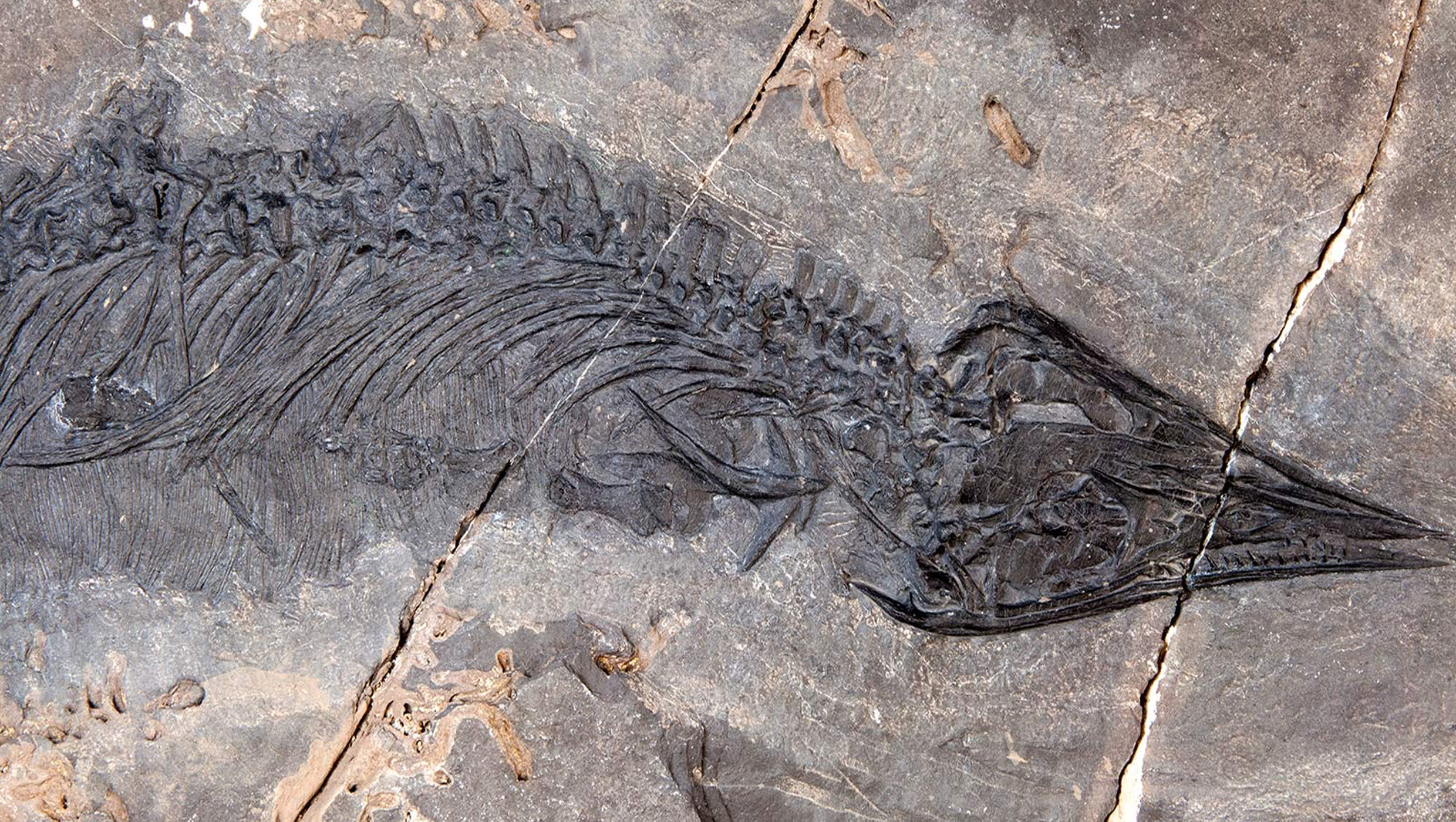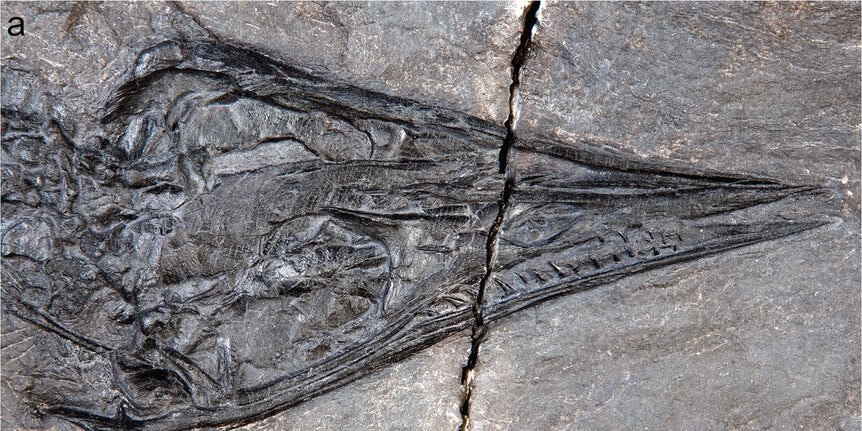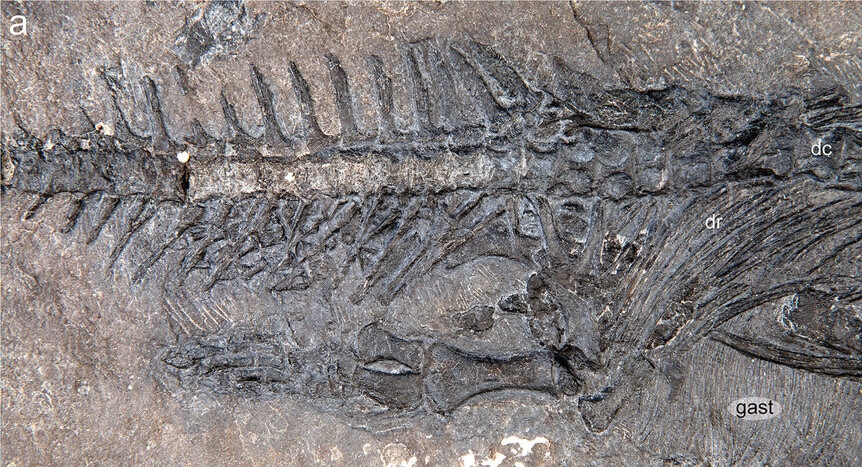Create a free profile to get unlimited access to exclusive videos, sweepstakes, and more!
Bizarre new prehistoric sea monster stalked on land before taking the plunge

Gunakadeit joseeae may have not been the scariest reptile to be swimming around 220 million years ago, or the most gargantuan (that honor goes to Jurassic World star Mosasaurus), but it was undoubtedly one of the strangest.
Its pincer face and what are neither feet nor fins aren’t the only things that make G. joseeae a weirdo. Even among all the peculiar and sometimes Lovecraftian things floating around in prehistoric seas, this thalattosaur (“ocean lizard”) which lived from the mid- to late Triassic made a remarkable transition from walking land to slithering in the ocean. No wonder it was named after the sea monster Gunakadeit from the local lore of of the Tlingit people of southern Alaska, where it was found.
“Thalattosaurs are an obscure and poorly understood group of extinct marine reptile,” said Neil Kelley, research assistant professor in Earth and Environmental Sciences at Vanderbilt University and co-author of a study recently published in Scientific Reports. “This newly discovered fossil reveals key information about how this group adapted to life in the ocean, and about potential limitations that hindered its abilities to survive extinction.”
How did these lizards end up crawling into the ocean in the first place? The earliest reptiles must have had a Little Mermaid wish, since they actually left behind the sea for land and ended up losing their gills. That didn’t mean they would never invade the ocean again. Some species succeeded more than others, depending on how well they adapted and evolved.
G. joseeae was only around for about 40 million years before it faded out of existence, and the research team that unearthed it believe the reason behind that is that the creature became so specialized since it took to the water. It was a coral reef dweller that swam and hunted in the shallows. Its feet never fully turned into flippers but eventually became too awkward to walk on land. Further study of its unusual schnoz and the absence of any shells or bones or scales where its gut would have been suggested that it probably craved soft cephalopods or small fish hiding in cracks and crevices, where those huge forceps it had for jaws gave it the advantage.
As to how this thalattosaur could actually eat, it had its ways. G. joseeae is thought to have used its pointed and curved teeth to snatch prey before using suction and a powerful, muscular tongue to finish it off. It might even have been an inertial feeder, rotating its head and neck backward with deadly speed while opening those pincer jaws to swallow the prey. Its head then changed direction while its jaws quickly snapped shut.
Another bizarre thing about this already alien-sounding reptile is that, despite being the last known thalattosaur to exist, its skeleton revealed something surprising. The extreme specialization of G. joseeae had the team assuming its place on the family tree was pretty far out. Somehow, it turned out to be one of the most primitive thalattosaurs to survive until they all went extinct. What makes this so unique is that the opposite usually happens as creatures evolve into more sophisticated species over millions of years.
“Gunakadeit exemplifies the varied specializations thalattosaurs evolved that allowed them to proliferate across coastal environments during the Triassic,” said Kelley and paleontologist Patrick S. Druckenmiller, associate professor of geology at University of Alaska Fairbanks and Earth Sciences curator at the University of Alaska Museum of the North, in the study.
Someone tell Colin Trevorrow to put this thing in the next Jurassic World movie.
(via Vanderbilt University)

















